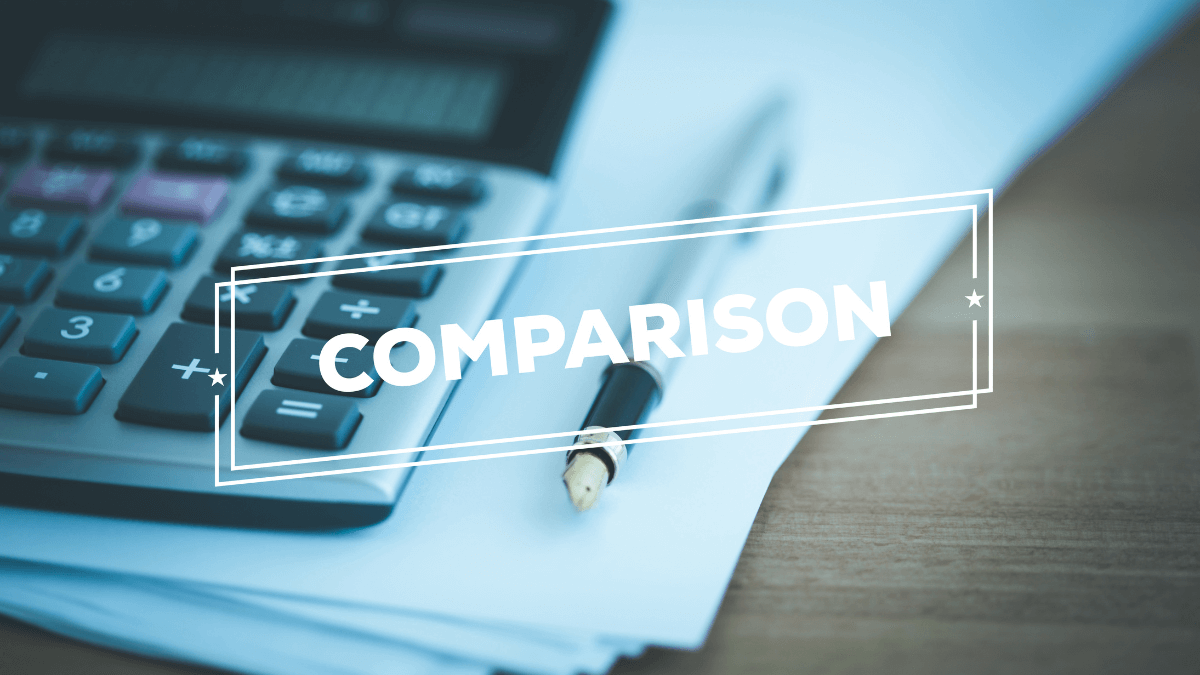The global community is increasingly becoming digital, with consumers witnessing the rise of technological innovations like PayPal, Square, Bitcoin and Popmoney. Yet, amidst a growing paperless society, paper checks continue to wield surprising power.
Current estimates show that:
- There are around 18.3 billion checks in circulation.
- Businesses lose anywhere from $4 to $20 to cut, mail and process each paper check within its network.
- Simply issuing and depositing checks cost U.S. businesses between $26 billion and $54 billion in 2010.
- American businesses and consumers wrote 21 billion checks in 2012. That’s more than four times as many checks as were written that year in the European Union’s 28 member countries.

“Checks are different, in that any one of us who has a checking account can initiate those payments to anybody else.”
Despite the invention of many digital payment platforms, payment through check remains ubiquitous. The following are some of the reasons why when it comes to payments, most businesses still pay 50 percent of their bills using paper checks.
In this article...
Regulatory Fragmentation
Countries with powerful central banks, or strong banking regulators at the national level, can lobby the payments industry into adopting innovative systems for consumers. The European Union introduced the Single Euro Payments Area to break down barriers for transferring euros within Europe.
In the United States, even the biggest banks are scrutinized by different bodies such as the individual States, the Federal Reserve, the FDIC and the OCC. There are 6,420 commercial banks and savings institutions in the US, many of whom confine their operations to their home regions or states. In 2014, the five biggest banks in the US held 44 percent of all bank assets. This makes the electronic payment process subject to variations both at the federal level as well as across all fifty states. In order to avoid regulatory vagaries, businesses prefer to stick to check as a reliable payment method.
Processing Fees
According to a survey by payments software developer Intuit Inc. from Mountain View, California, there are more than 27 million small businesses in America. 55 percent of them do not accept credit cards, because many “micro- merchants” such as pool cleaners and auto companies cannot afford to pay the processing fees required for accepting credit cards. Businesses pay about 2 percent to 5 percent in processing fees on every credit card transaction. As a result, cash or check is preferred, and most people do not carry significant amounts of cash on them. Even bigger institutions such as K- 12 schools, medical offices and building contractors prefer checks for larger sums like tuition fees or home repairs.
Creating a Paper Trail
Checks document how much money has been paid, providing an information- rich paper trail. When a check is written, the bank captures a digital image of the front and back of the document. A bank statement has a list of all monthly transactions, but chances are a company owner may not recognize all of them. This means going back and doing some searching to recall the transaction. If a client calls claiming they never received a payment, a company can send proof that a check was sent and the bank deposited it. The same is far more laborious with online banking transfers.
Financial Perks
Some companies benefit financially from sending checks through the mail. Delays in the postal system can slow down the bill payment from reaching the recipient. This delay is capitalized upon by companies, who use the time to gain a few extra days of liquidity as well as attend to short- term cash needs. As explained by finance director of drug developer DNJ Pharma Inc., Michael Brown,
“We get to earn interest on that money until it clears. Although interest rates are negligible now, any boost in the future will only increase the advantage of that strategy.”
Greater Control over Payment Process
Writing or receiving a check gives businesses the freedom to make the first move in the payment process. Online banking helps a company monitor funds and keep a track of their cost structures. However, automatic transfers often result in overdraft fees, as the payment process occurs before customers can assess if they have sufficient funds available. Overdraft fees vary by institution, but the median is $34.
Automatic transfers also involve time delays, as banks involve third parties to process payments. A payment takes time to process and reach a merchant or service provider. This can result in late charges. As a result, business find checks are a far more dependable payment medium.
Back in 2000, Americans wrote around 37.3 billion paper checks. Today, the number has fallen by over 50 percent. Technology has enhanced the speed with which companies conduct their transactions. In an age where time is money, smart financial automation and seamless B2B payment engines have democratized the money movement. Multiple payment methods ensure the electronic processing of invoices, billing systems, and mobile applications. For more information on smart asset management options for your business, please contact us.


